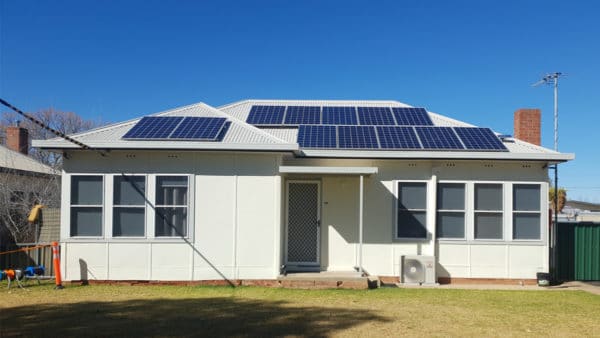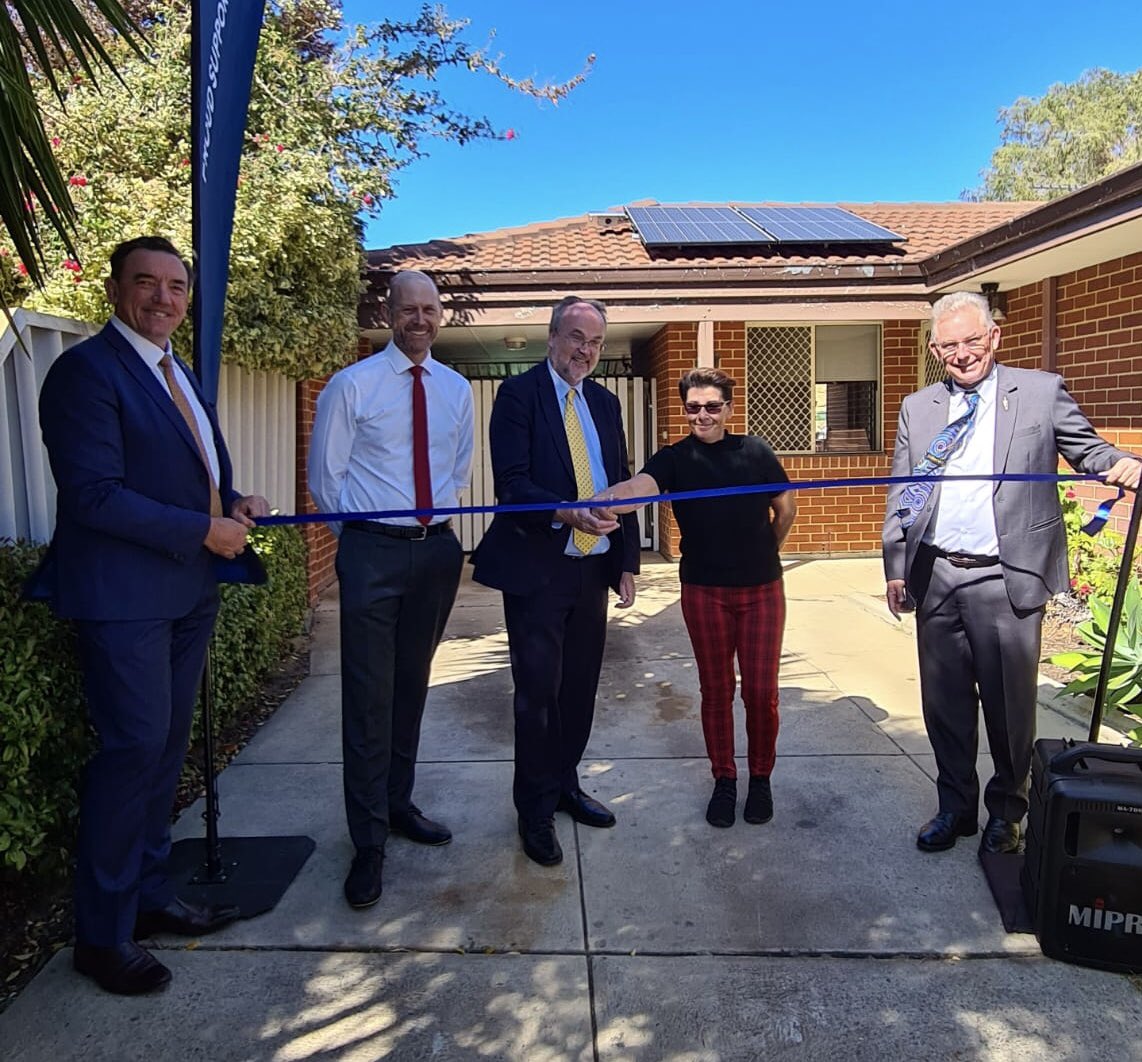Western Australia’s public housing tenants have started to reap the rewards of rooftop solar, with the first 10 properties supplied with PV systems by state-owned electricity provider Synergy reporting between $30 and $200 in savings over six months since commencement of the pilot program in December 2020.
The McGowan Labor government’s Smart Energy for Social Housing program intends to install $6 million worth of solar panels across 500 social housing properties over a period of four years, as part of the WA Recovery Plan’s $66.3 million renewable energy technologies package announced in July last year.
WA Housing Minister, John Carey hailed the results so far as, “a great outcome for public housing tenants on low incomes who will benefit substantially from a reduction in their annual power bill and freeing up of income for other essentials.”
Since December, a total of 80 homes of three bedrooms or more have now had systems installed and the next phase of the program will be expanded to complexes with one and two-bedroom townhouses or homes, and apartments.
Synergy installs and maintains the systems, and tenants are also given access to Synergy’s Future Communities Plan, which offers a discounted rate for electricity consumed during times of lowest demand and greatest solar feed in — between 9am and 3pm each day — to the state’s main electricity grid, the Interconnected Southwest System.
Synergy is working with tenants “to increase their savings by encouraging the use of major appliances such as the washing machine or dishwasher during daylight hours”, said WA Energy Minister Bill Johnston.
Australian public housing plugs in to solar
The rollout of solar to public housing is part of an Australia-wide trend for governments to extend the savings conferred by PV to people who can most benefit, but who, as low-income tenants, have too many hurdles to overcome to install solar themselves.
The South Australian Housing Virtual Power Plant, which will ultimately see 4,100 Housing SA homes provided with 5 kW of solar and a 13.5 kWh Tesla Powerwall, recently began an innovative bolt-on trial to extend its reach.
It offered 20 housing trust homes that were unsuitable for solar (whether because of structural limitations, shading or poor aspect to the sun) a free Tesla battery, which allows them to store energy generated within the VPP or by the grid when solar output is highest and prices are lowest, for use at other times of day.
As SA Energy Minister, Dan van Holst Pellekaan told the ABC in June, “A battery alone, as part of the Tesla VPP, can still deliver 29% savings on electricity prices,” compared to what “other housing trust and public housing homes are receiving.”
Having extra batteries in the grid in South Australia also assists to soak up the state’s daytime oversupply of solar, rebalancing supply by creating timely demand.
In New South Wales, solar delivered straight up by state government-funded programs to more than 6,000 social housing homes in recent years has been delivering savings of up to $1,000 per annum on household energy bills.

Image: LAHC
At Solar Professionals, a regional solar installer based in Wagga Wagga, which commenced a new contract in April to install a total of 3 MW of solar on 800 Aboriginal Housing Office (AHO) homes, Managing Director Dan Kimber said that as partners of the AHO since 2017, “we’ve installed thousands of solar systems on public housing and seen the outcomes firsthand — the solar program provides real economic benefits.”
New social housing being called for in every jurisdiction should of course come solar- and/or battery-enabled, but retrofitting the current housing stock for low-income tenants shows significant returns that build on carbon reduction benefits.
This content is protected by copyright and may not be reused. If you want to cooperate with us and would like to reuse some of our content, please contact: editors@pv-magazine.com.









By submitting this form you agree to pv magazine using your data for the purposes of publishing your comment.
Your personal data will only be disclosed or otherwise transmitted to third parties for the purposes of spam filtering or if this is necessary for technical maintenance of the website. Any other transfer to third parties will not take place unless this is justified on the basis of applicable data protection regulations or if pv magazine is legally obliged to do so.
You may revoke this consent at any time with effect for the future, in which case your personal data will be deleted immediately. Otherwise, your data will be deleted if pv magazine has processed your request or the purpose of data storage is fulfilled.
Further information on data privacy can be found in our Data Protection Policy.